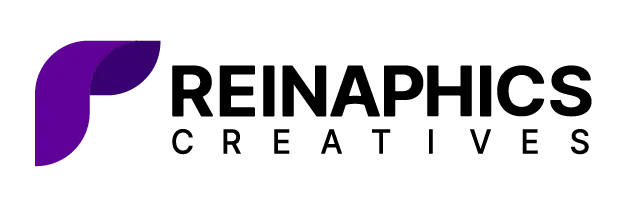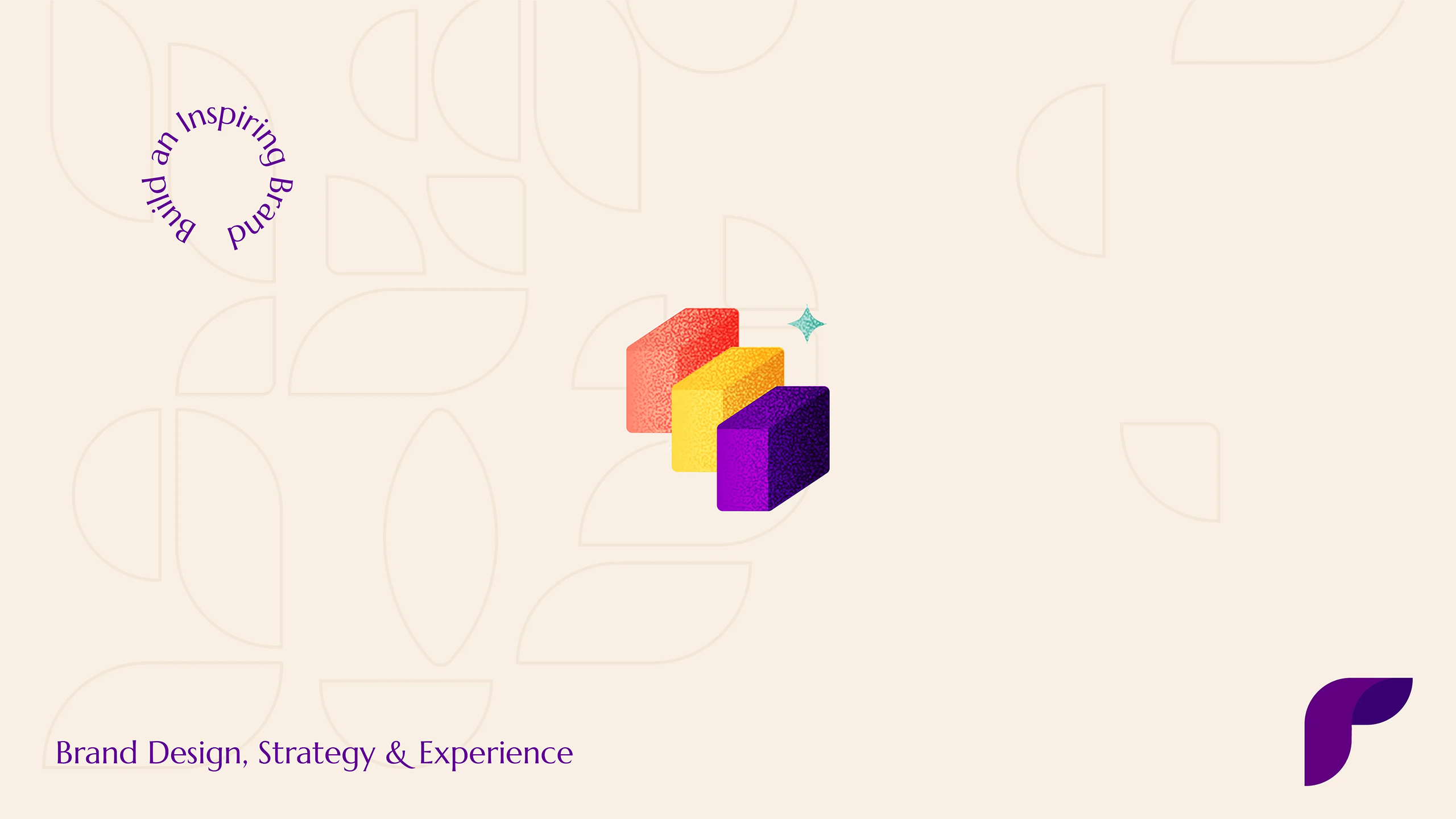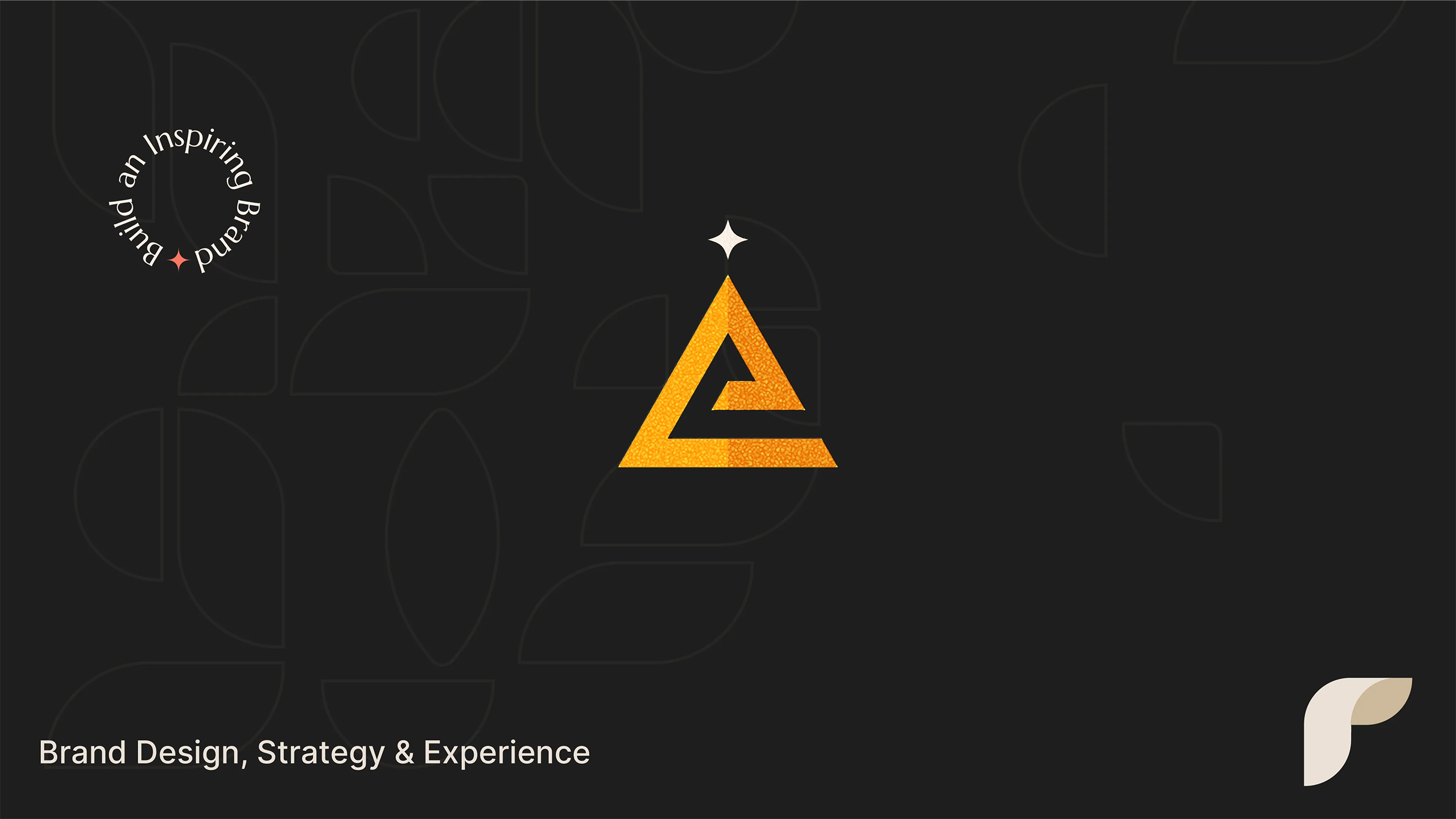Design, once considered a highly technical and specialized field, has seen a transformative shift with the emergence of No-Code/Low-Code design tools. These platforms enable users with little to no coding experience to create professional websites, apps, and visual designs.
Traditionally, designers used complex software like Adobe Illustrator or hand-coded websites with HTML, CSS, and JavaScript. The introduction of No-Code/Low-Code tools has made it easier for non-designers to create impressive designs, accelerating the design process while lowering costs.
This rise is not just about simplifying design; it’s about democratizing it—empowering non-designers, small business owners, and entrepreneurs to visually communicate ideas without relying solely on professional designers. Let’s dive into what these tools are, why they’re gaining popularity, and how they’re reshaping the design world.
Inside this article,
What are no-code/low-code design tools?
No-Code and Low-Code tools are platforms that allow users to create designs, websites, and applications with minimal to no coding. The main difference lies in their technical requirements:
- No-code platforms: As the name suggests, these platforms require no coding at all. They rely on drag-and-drop interfaces, pre-designed templates, and automated processes that simplify design tasks for non-technical users.
- Low-code platforms: These tools offer slightly more flexibility by allowing users to tweak and enhance the functionality with minimal coding, making them ideal for users with some technical know-how but not full-stack expertise.
Some examples include:
- Website Builders: Webflow, Squarespace, Wix
- App Development: Bubble, Glide, Adalo
- Graphic Design: Canva, Figma
- Automation Tools: Zapier, Integromat
These platforms provide users with intuitive tools like pre-built templates, drag-and-drop elements, and automation features, enabling them to build functional, aesthetically appealing designs without deep technical skills.
Also read: Our website design process explained – The design phase
Why are no-code/low-code tools on the rise?
The demand for No-Code/Low-Code tools is growing rapidly, driven by several aspects. For non-technical users, these tools remove the steep learning curve associated with traditional design software or coding. With drag-and-drop features and customizable templates, users can create functional designs without expert knowledge.
No longer do individuals or small businesses need to hire expensive design teams or developers for basic design needs. These tools enable users to create designs quickly and at a fraction of the cost. The ability to design, test, and iterate on ideas in real-time without waiting for developers speeds up the entire product development cycle.
This is particularly useful in today’s fast-paced digital world where agility and quick turnarounds are essential. Many of these tools can integrate with other platforms (e.g., marketing automation, data analysis, and project management tools), streamlining workflows and making them more efficient.
Benefits of no-code/low-code tools for designers
No-Code/Low-Code tools bring a host of benefits, particularly for businesses, startups, and individual entrepreneurs looking for DIY design solutions:
- Empowering Non-Designers: Business owners, marketers, and developers can now take control of their design projects, cutting down on the back-and-forth communication between teams.
- Faster Prototyping: Design iterations can be developed in hours rather than days, with real-time feedback, making it easier to test concepts without involving coding teams.
- Lower Costs: Eliminating the need for highly specialized design software or dedicated developers helps reduce project costs, which is especially advantageous for smaller enterprises or startups.
- Enhanced Collaboration: These tools offer collaboration between designers and non-designers, allowing both to work seamlessly on the same platform. Designers can focus on refining the aesthetic, while non-designers handle the functional aspects.
- Accessibility: No longer limited to those with technical expertise, No-Code/Low-Code platforms open up the world of design to a much broader audience, empowering more people to create.
Impact on the design industry
The rise of No-Code/Low-Code tools is fundamentally altering the role of professional designers. While these tools enable non-designers to create basic designs, they don’t eliminate the need for skilled designers.
Instead, designers can now focus on higher-level tasks like brand strategy, user experience, and crafting highly customized, creative solutions beyond the capabilities of templates. Professional designers are evolving to focus on creativity, refining designs, and solving complex design challenges rather than executing technical tasks.
They can build upon the basic designs created using No-Code/Low-Code tools to deliver polished, bespoke results. Also, the availability of No-Code/Low-Code platforms reduce the pressure on design and development teams by enabling faster turnarounds for simpler projects, allowing teams to prioritize more complex work.
Challenges and limitations of no-code/low-code tools
Despite their benefits, these tools are not without their limitations. No-Code tools rely on pre-built templates that may not meet every specific design need. Users often face limitations when attempting to create highly customized designs.
Non-designers using templates may struggle with creative flexibility, leading to less innovative or unique designs. And while great for small or mid-sized projects, No-Code tools may struggle to handle large-scale or highly complex designs.
What’s more, non-designers may lack knowledge of design principles like color theory, typography, or user experience, resulting in inconsistent or ineffective designs. Overuse of pre-built templates can lead to generic, “cookie-cutter” designs that lack originality.
The future of no-code/low-code design tools
The future looks bright for No-Code/Low-Code platforms, especially with advancements in AI and automation. These tools are expected to become even more intuitive, offering advanced customization options and integrating AI-driven design assistants that can help refine user-generated designs.
Future developments allow for even greater automation, where AI suggests improvements or generates custom design elements based on user input. As these platforms evolve, we may see more sophisticated design tools with advanced features that allow for greater flexibility and scalability.
As the technology becomes more accessible, more people, regardless of background, will have the power to create professional-grade designs. This will work to further level the playing field.
Conclusion
No-Code/Low-Code tools are reshaping the design industry, offering non-designers the ability to create without needing deep technical skills. These platforms are democratizing design, providing greater accessibility and flexibility, while still leaving room for professional designers to focus on strategic, creative work.




